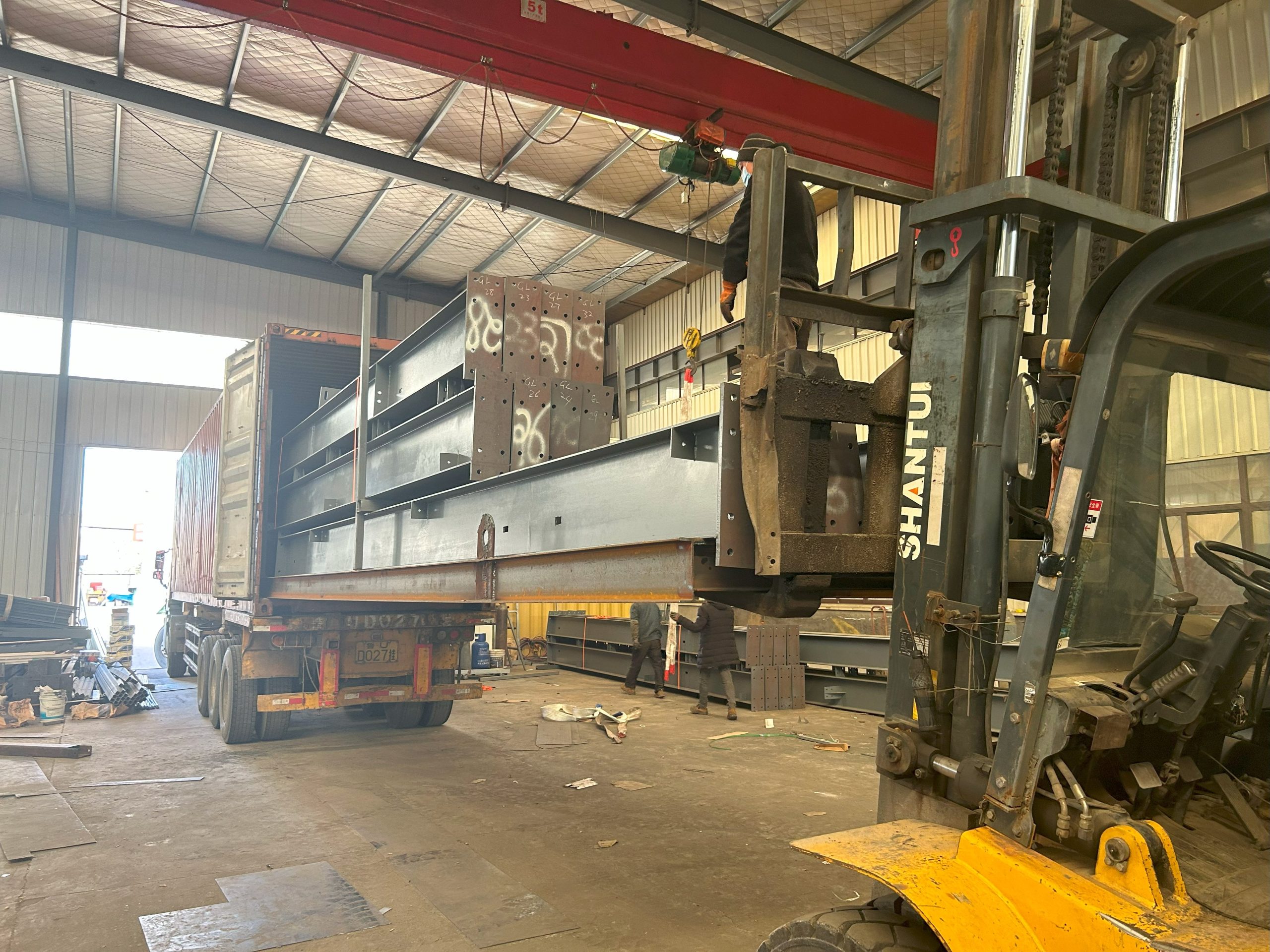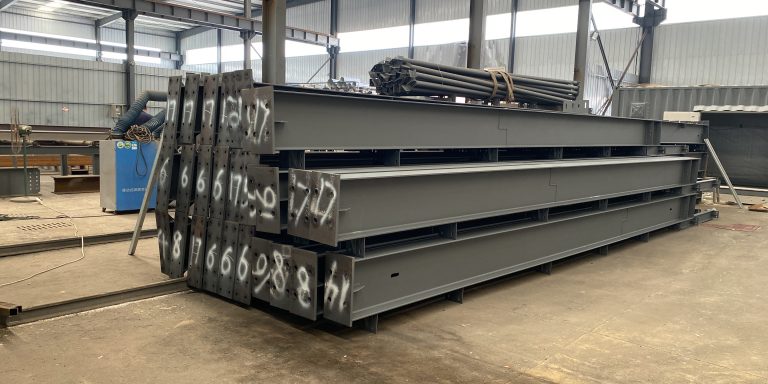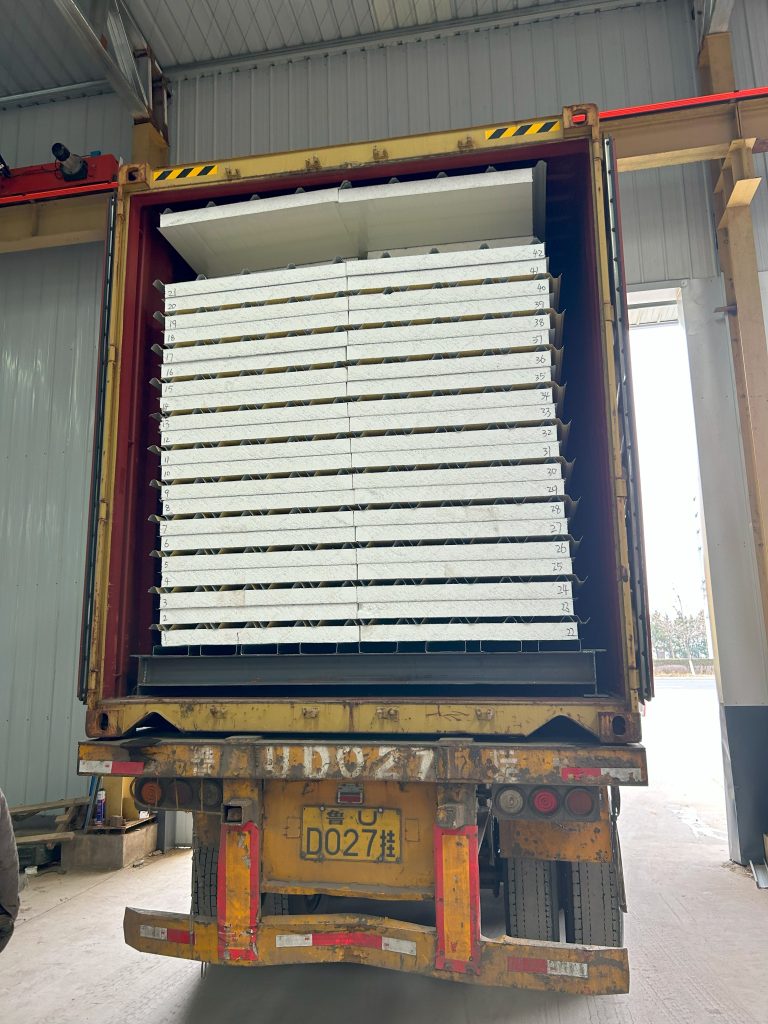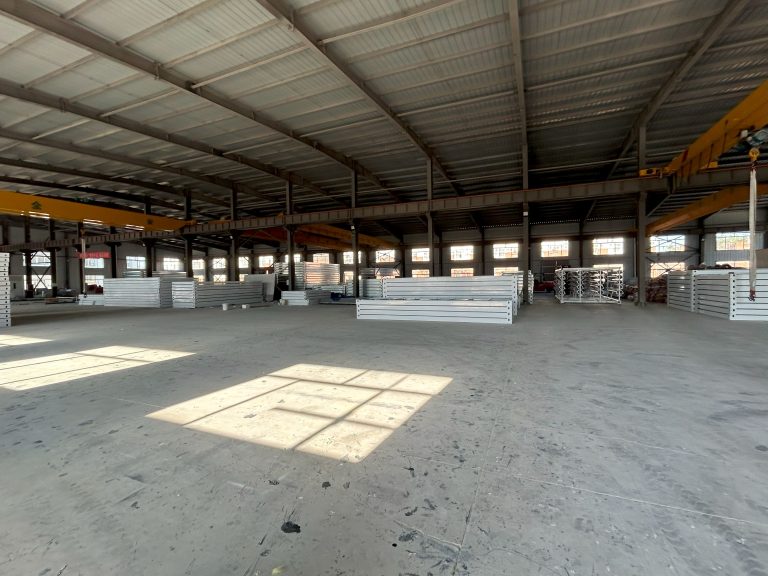Innovation of intelligent health monitoring technology for steel structure Bridges
Table of Contents
Benefits of Implementing Intelligent Health Monitoring Technology for Steel Structure Bridges
Steel structure bridges are essential components of transportation infrastructure, providing safe passage for vehicles and pedestrians across bodies of water, valleys, and other obstacles. However, these structures are subject to various forms of deterioration over time, including corrosion, fatigue, and structural damage. To ensure the safety and longevity of steel structure bridges, it is crucial to implement effective monitoring and maintenance strategies. In recent years, there has been a significant advancement in intelligent health monitoring technology for steel structure bridges, offering numerous benefits for bridge owners and operators.
One of the key benefits of implementing intelligent health monitoring technology for steel structure bridges is the ability to detect and assess structural damage in real-time. Traditional inspection methods, such as visual inspections and manual testing, are often time-consuming and labor-intensive, making it difficult to identify potential issues before they escalate. Intelligent health monitoring technology, on the other hand, utilizes sensors and data analytics to continuously monitor the structural health of bridges, providing early warning of any abnormalities or deterioration. This proactive approach allows bridge owners to address issues promptly, minimizing the risk of catastrophic failure and reducing maintenance costs in the long run.
Furthermore, intelligent health monitoring technology enables bridge owners to optimize maintenance schedules and prioritize repairs based on the actual condition of the structure. By collecting and analyzing data on the performance of steel structure bridges, operators can make informed decisions about when and where to allocate resources for maintenance and rehabilitation. This targeted approach not only improves the efficiency of maintenance operations but also extends the service life of bridges, ultimately enhancing the overall safety and reliability of transportation infrastructure.
In addition to enhancing safety and efficiency, intelligent health monitoring technology for steel structure bridges can also improve the resilience of these critical assets in the face of natural disasters and extreme weather events. By continuously monitoring the structural health of bridges, operators can detect changes in performance caused by external factors, such as seismic activity, high winds, or flooding. This early warning system allows for timely interventions to mitigate the impact of these events and ensure the continued functionality of steel structure bridges under challenging conditions.
Moreover, intelligent health monitoring technology can facilitate the implementation of predictive maintenance strategies for steel structure bridges, reducing downtime and minimizing disruptions to traffic flow. By analyzing historical data and trends in structural performance, operators can anticipate potential failures and schedule maintenance activities proactively, rather than reactively. This predictive approach not only reduces the risk of unexpected downtime but also improves the overall reliability and availability of steel structure bridges, enhancing the user experience for commuters and travelers.

Overall, the innovation of intelligent health monitoring technology for steel structure bridges offers a wide range of benefits for bridge owners and operators, including improved safety, efficiency, resilience, and reliability. By leveraging advanced sensors, data analytics, and predictive algorithms, operators can monitor the structural health of bridges in real-time, optimize maintenance schedules, and enhance the overall performance of transportation infrastructure. As the demand for sustainable and resilient infrastructure continues to grow, intelligent health monitoring technology will play a crucial role in ensuring the safety and longevity of steel structure bridges for generations to come.
Future Trends and Developments in Intelligent Health Monitoring Technology for Steel Structure Bridges
Steel structure bridges are a critical component of our infrastructure, providing essential connections for transportation and commerce. As these bridges age, it becomes increasingly important to monitor their health and structural integrity to ensure the safety of the public. In recent years, there has been a significant advancement in intelligent health monitoring technology for steel structure bridges, allowing for real-time data collection and analysis to detect potential issues before they become serious problems.
One of the key innovations in intelligent health monitoring technology for steel structure bridges is the use of sensors. These sensors can be placed strategically throughout the bridge to monitor various parameters such as strain, temperature, and vibration. By collecting data from these sensors, engineers can gain valuable insights into the structural health of the bridge and identify any areas of concern.
Furthermore, advancements in wireless communication technology have made it possible to transmit this data in real-time to a central monitoring system. This allows engineers to monitor the health of the bridge remotely and respond quickly to any changes or anomalies detected by the sensors. By having access to real-time data, engineers can make informed decisions about maintenance and repairs, ultimately extending the lifespan of the bridge and ensuring the safety of those who use it.
Another important development in intelligent health monitoring technology for steel structure bridges is the use of artificial intelligence (AI) and machine learning algorithms. These algorithms can analyze the data collected by the sensors to detect patterns and trends that may indicate potential issues with the bridge. By using AI, engineers can predict when maintenance is needed and proactively address any issues before they escalate.
In addition to sensors and AI, the use of drones has also revolutionized the way we monitor the health of steel structure bridges. Drones equipped with cameras and sensors can fly over the bridge to capture high-resolution images and collect data on the condition of the structure. This data can then be analyzed to identify any signs of deterioration or damage that may not be visible to the naked eye. By using drones for bridge inspections, engineers can conduct thorough assessments more efficiently and safely than traditional methods.
Looking ahead, the future of intelligent health monitoring technology for steel structure bridges is promising. As technology continues to advance, we can expect to see even more sophisticated sensors, AI algorithms, and drones being used to monitor the health of bridges. These advancements will not only improve the safety and reliability of our infrastructure but also reduce maintenance costs and downtime.
In conclusion, the innovation of intelligent health monitoring technology for steel structure bridges is a game-changer in the field of infrastructure maintenance. By leveraging sensors, AI, and drones, engineers can monitor the health of bridges more effectively and proactively address any issues that may arise. As we look to the future, we can expect to see even more advancements in this technology, further enhancing the safety and longevity of our steel structure bridges.






